Daylight is fading as our Audi RS7 shoots past the pit complex and races up to the challenging first corner of the Oschersleben circuit flat-out in top gear.
The engine, a twin-turbocharged 4.0-litre V8 with a stout 552bhp and 516lb ft of torque, emits a hearty computer-enhanced blare as we approach the first of the braking markers at well over 120mph.
Just another day on the track for Autocar, one might casually surmise. However, this is far from your ordinary new car test.
Why? Because no one is behind the steering wheel of the five-door liftback as it arcs into the tight left-hander right at the limit of adhesion before switching direction into a long, tightening radius right hand corner. In fact, apart for a series of wires attached to an emergency cut-off mechanism sitting there, the driver’s seat is conspicuously empty.
I'm riding in the passenger seat, but the prototype doesn't need a driver – not a physical one at any rate.
A series of sensors monitoring the surroundings, the latest in centimetre-perfect digital mapping, GPS-guided navigation, a bank of computers mounted within the forward section of the boot and Audi’s own proprietary software enable it to lap the 2.3-mile German circuit on the racing line at genuinely high speeds, complete with hair-raising moments of opposite lock, hearty busts of acceleration, rapid gear changes and hard braking.
Such is its command, even in damp conditions, you could close your eyes and swear there was an experienced driver at work. The real measure of its overall competence, however, comes a little while later when, curious to replicate the feat of the driverless Audi, I venture out onto the track in a standard RS7 and discover its 1min 57sec lap time is competitive enough to give an enthusiast driver a proper run for their money under similar track conditions.
Audi has engineered the RS7 piloted driving concept as a showcase for the sort of self-driving technology we can expect to see filter down into production cars within the next decade provided regulatory changes are enacted to make it legal on our roads.
Like similar projects unveiled by rival car makers in recent times, it aims to provide fully autonomous operation in a move the German car maker says will not only make driving inherently safer by reducing the chance of collusions but also fundamentally change the way we perceive personal mobility, both in everyday situations and under the heat of competitive track day driving.
The rolling laboratory is described by the German car maker’s head of research and development, Ulrich Hackenberg, as a glimpse of the future. Yet while he suggests it will be at least another ten years before regulatory conditions allow car makers to offer such technology on series production cars, certain elements of the self-driving system being worked on are planned to make their way onto the next-generation Audi A8 in less than two years from now, including the ability to take over the driving process in traffic jams at speeds up to 37mph.

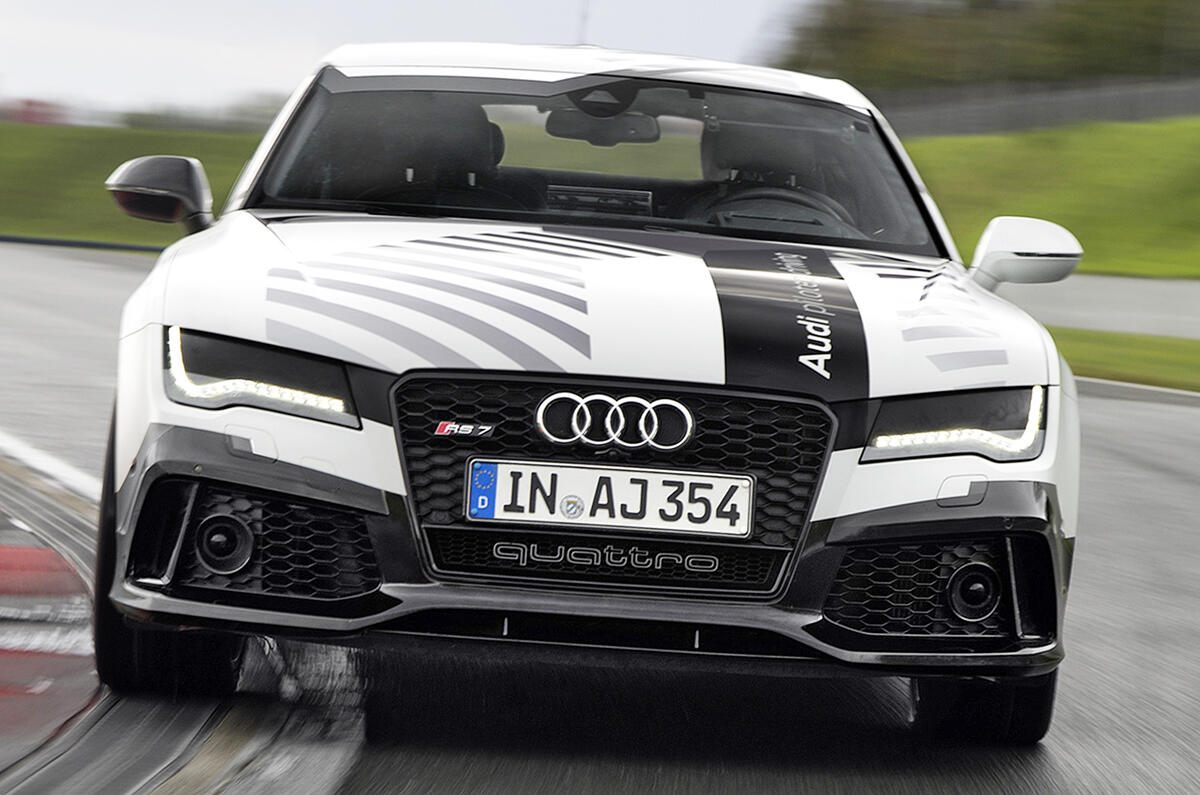

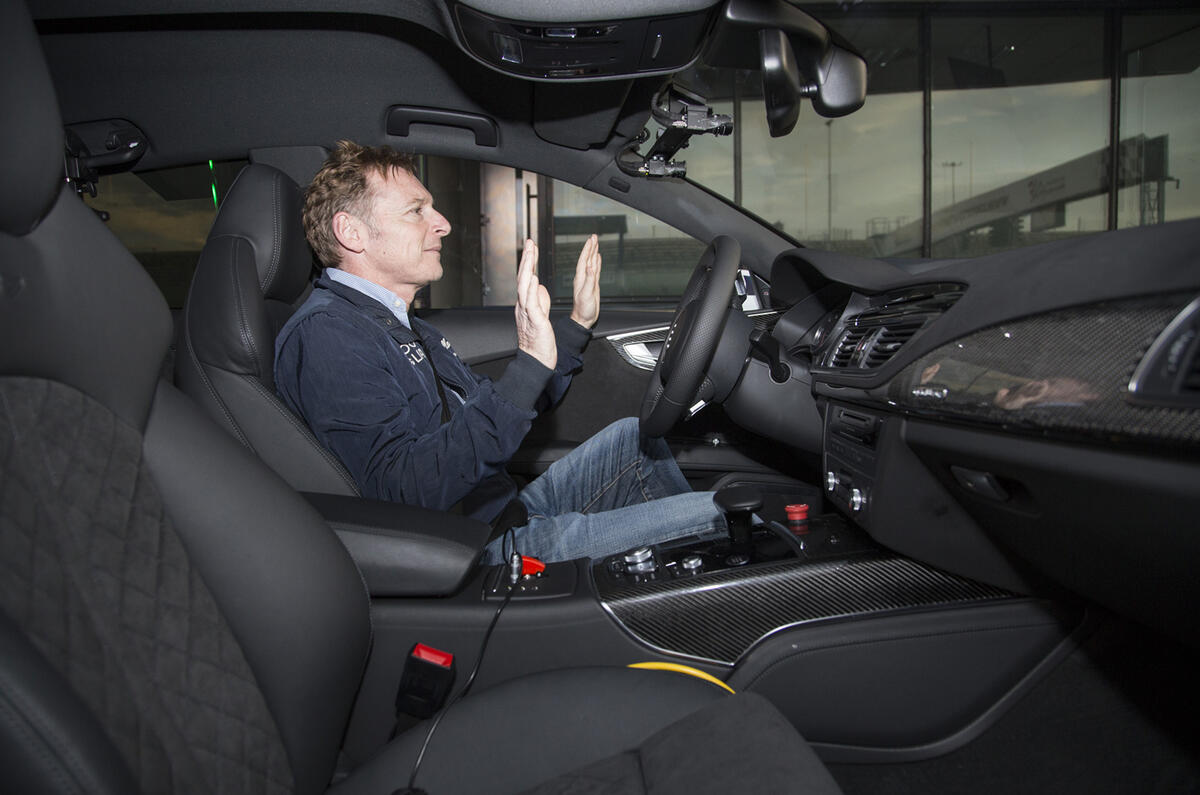

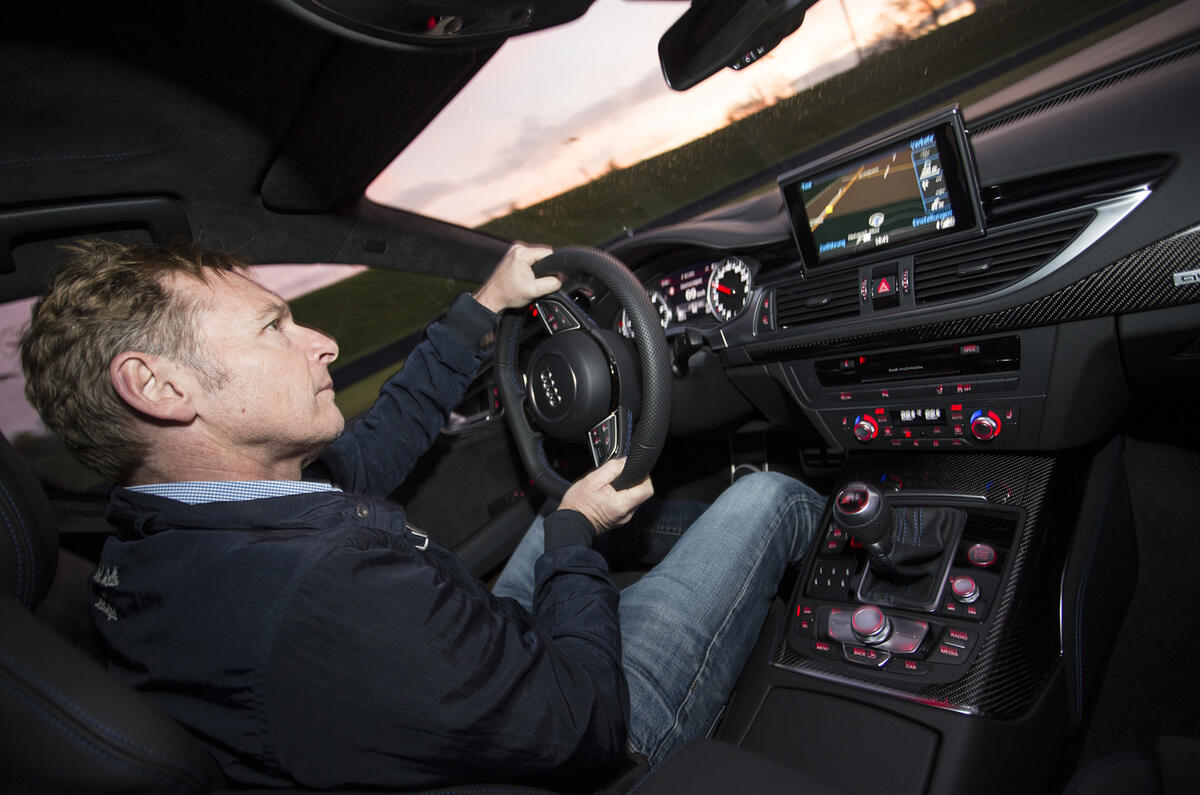

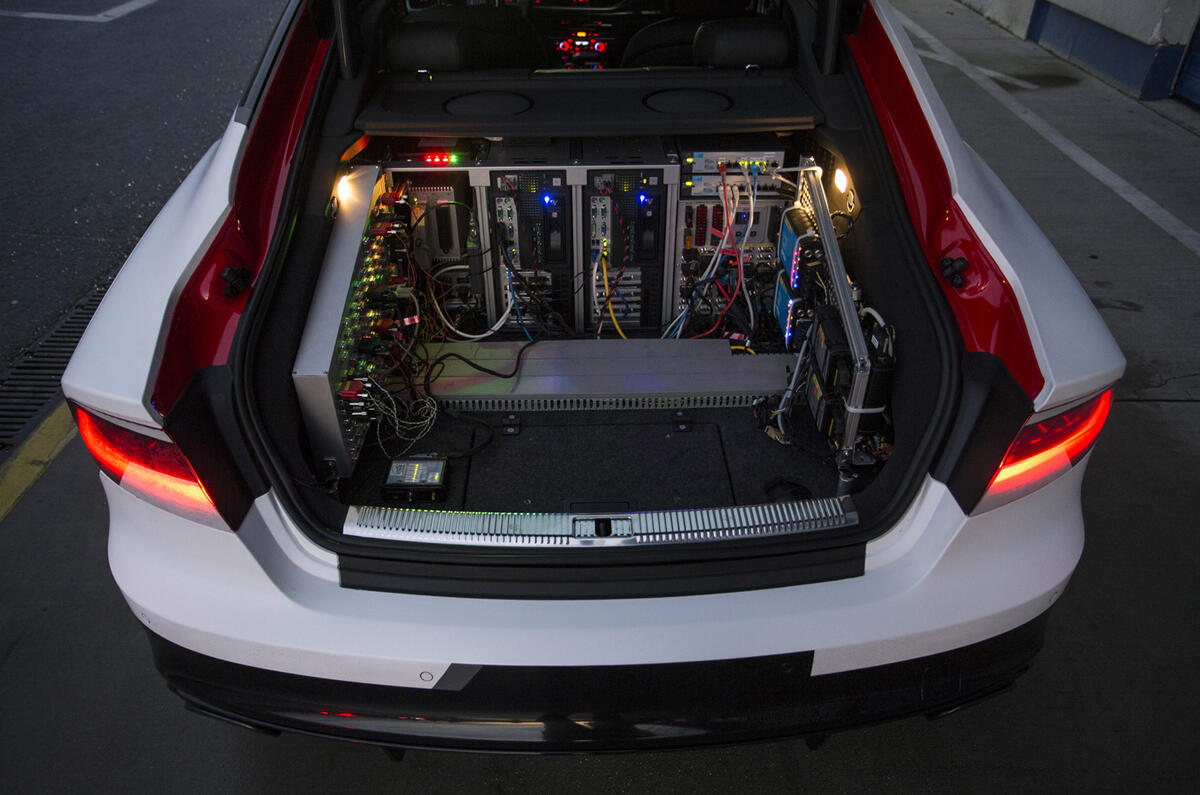

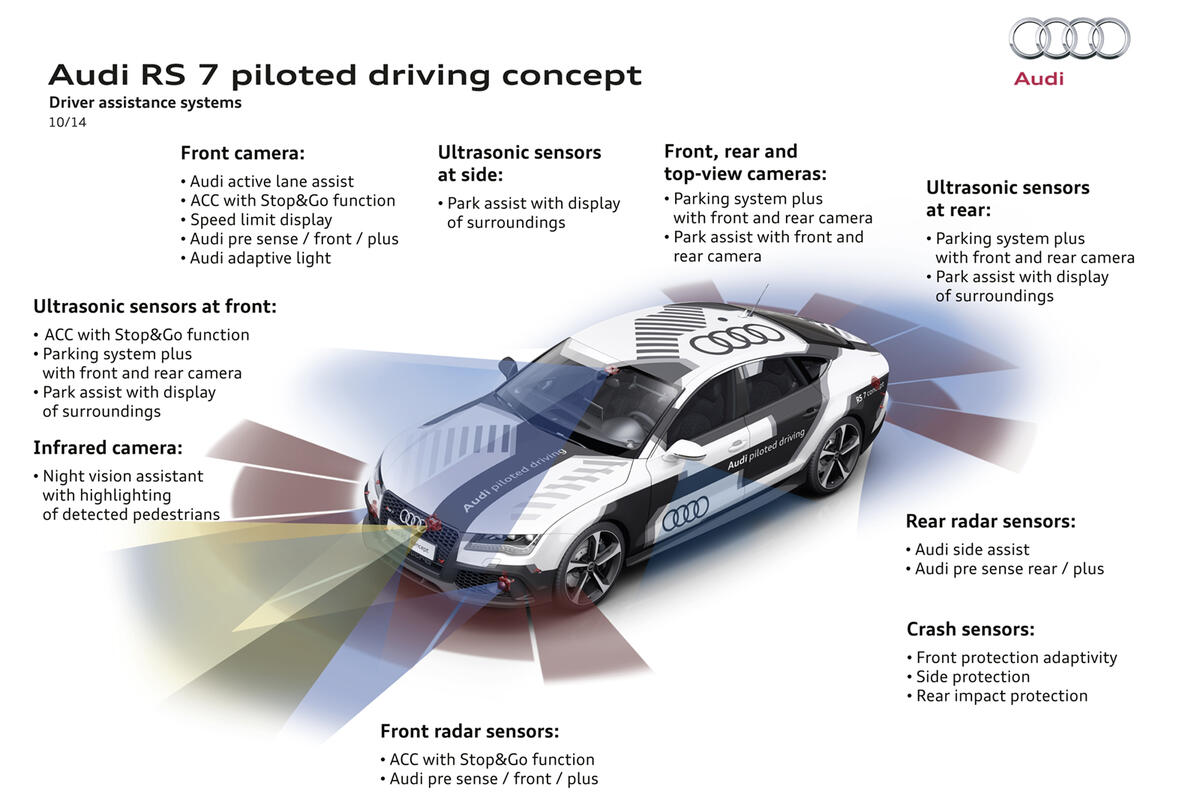

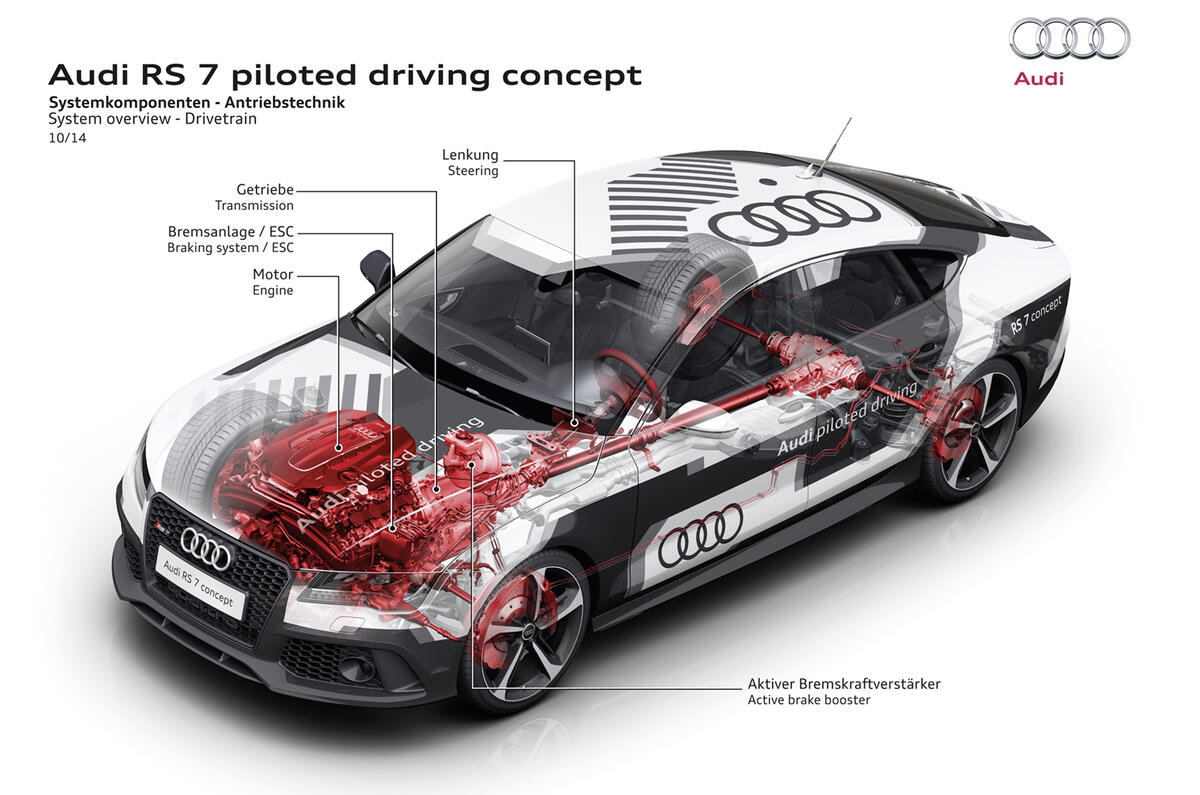
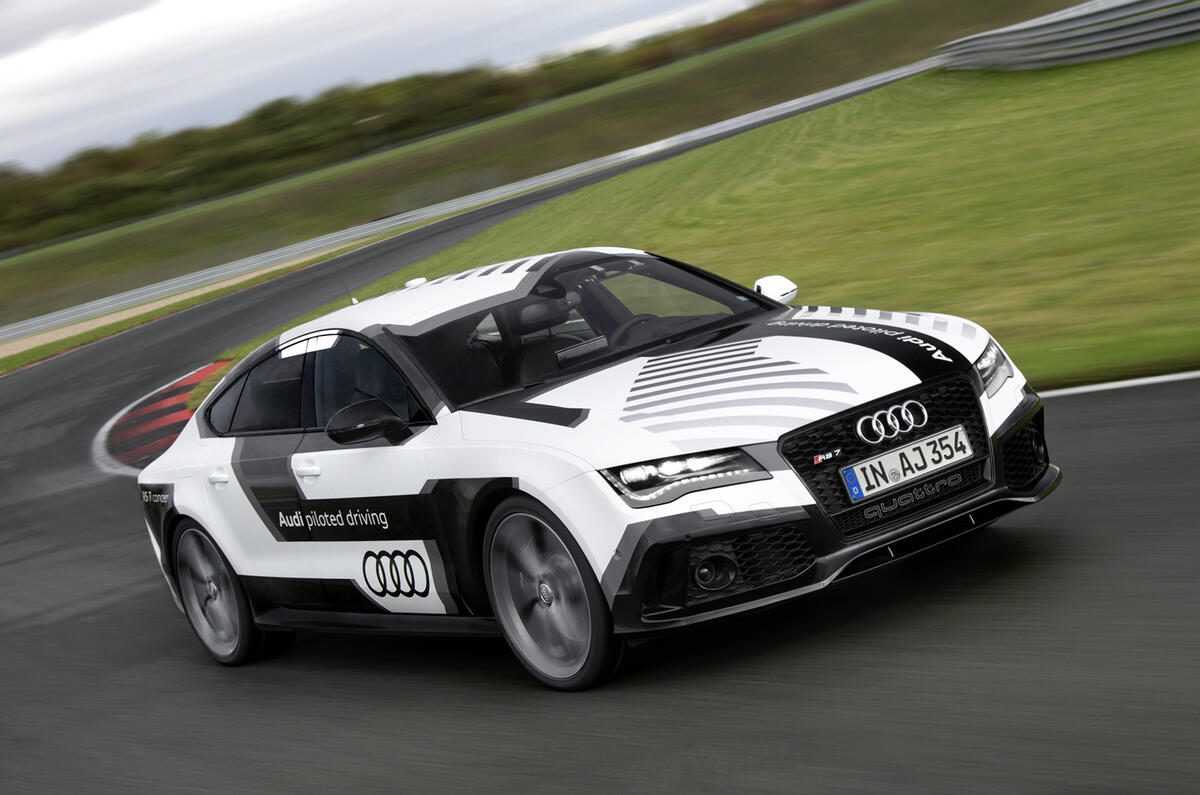
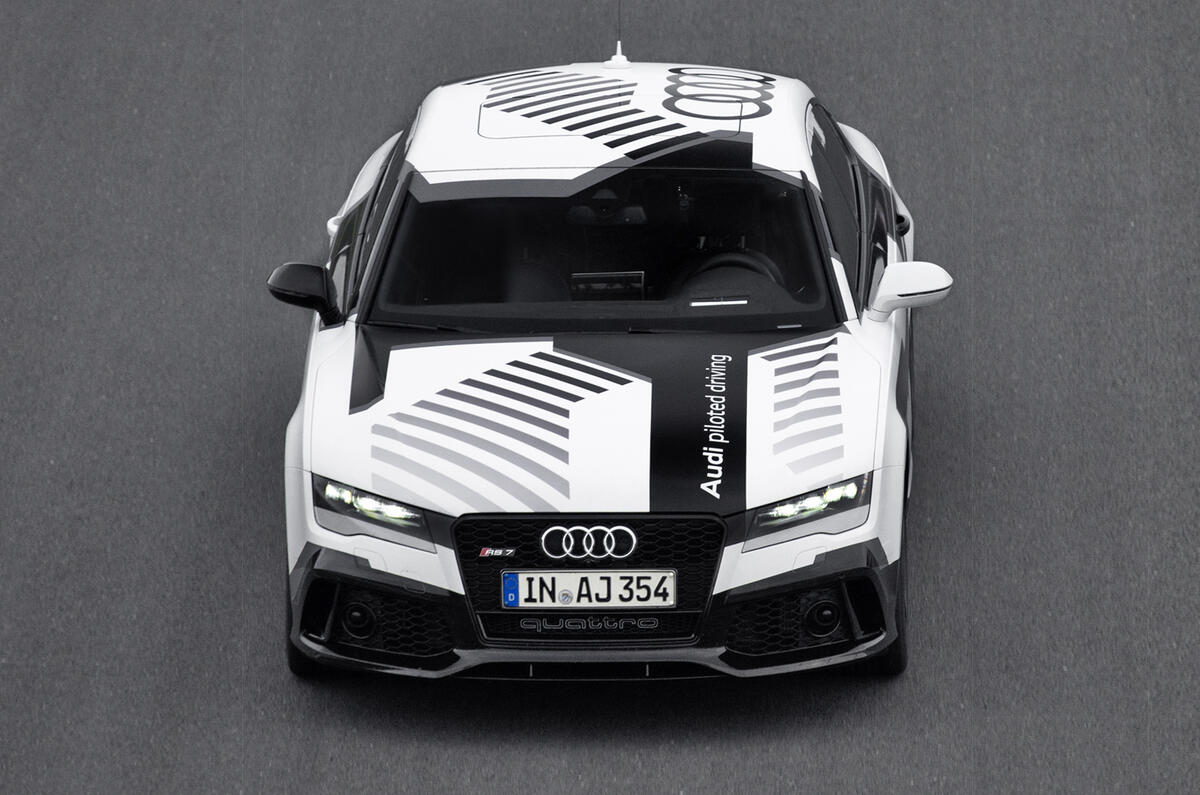
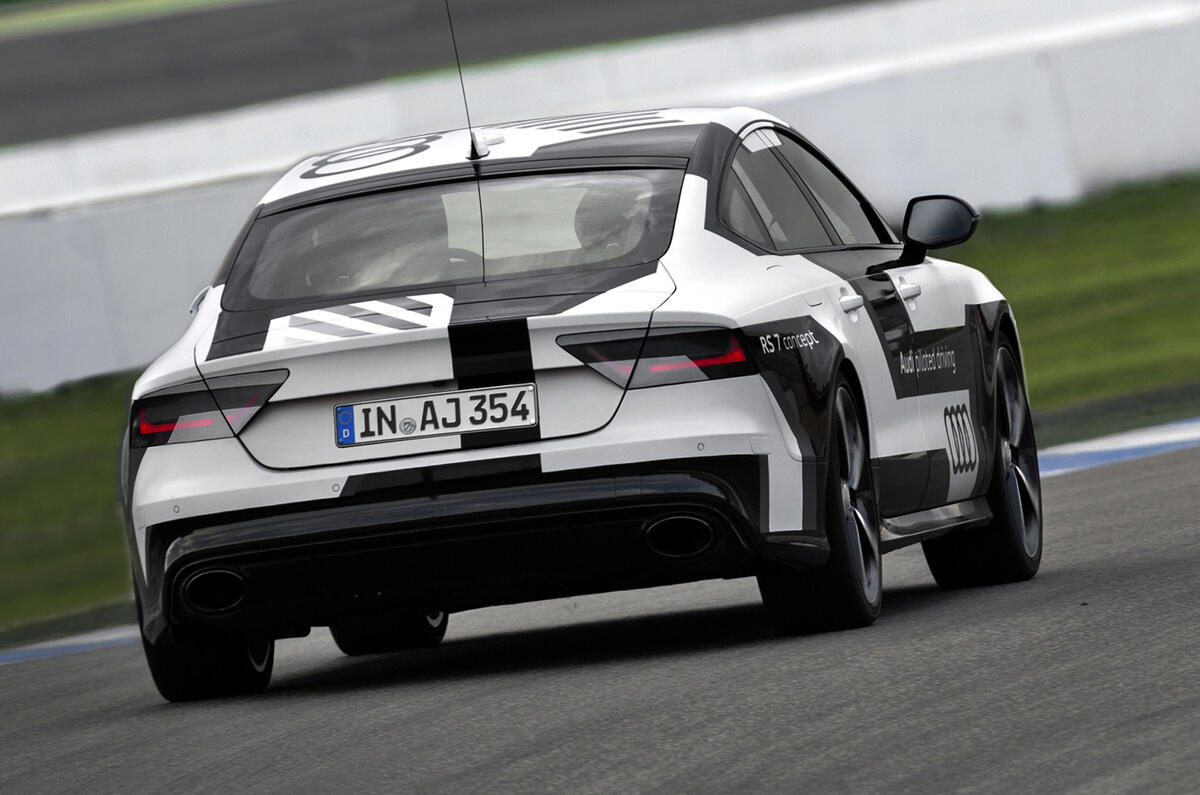

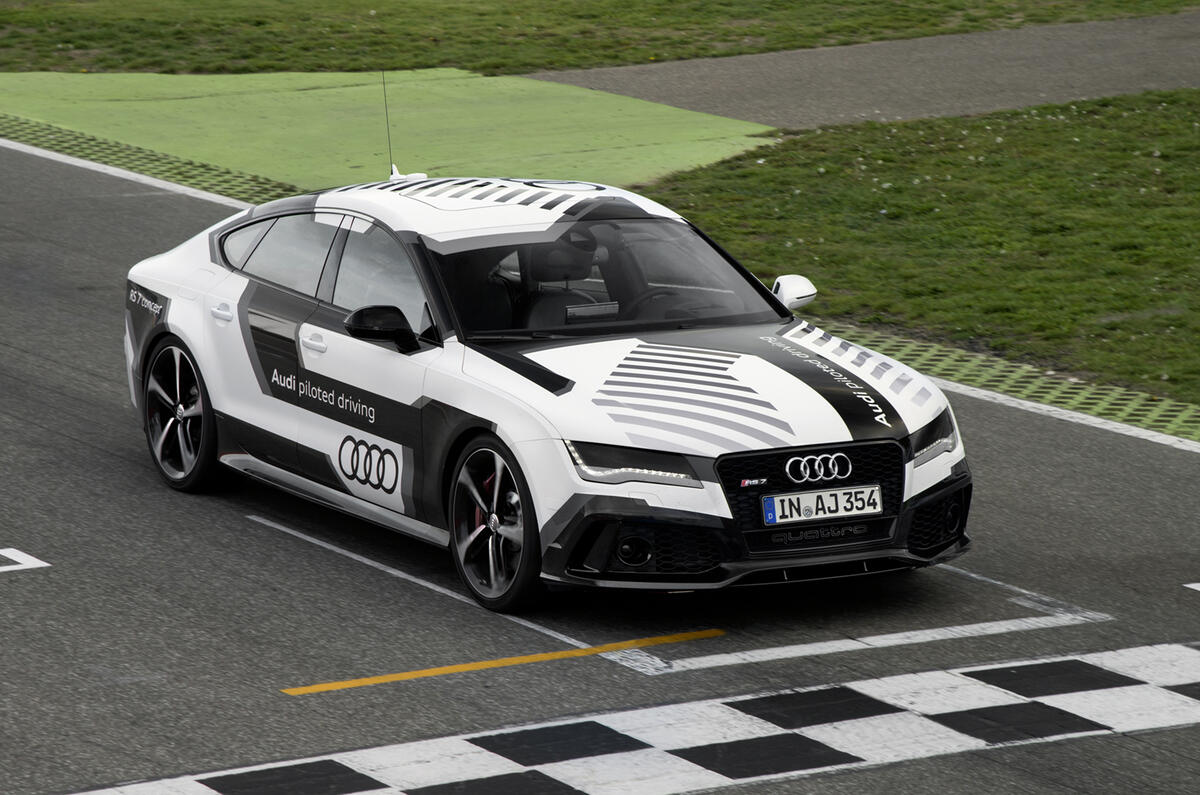

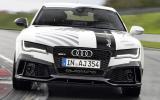

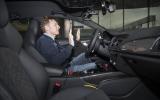
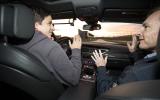
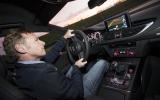
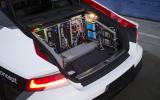
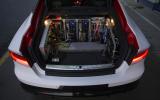
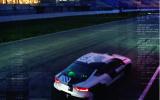
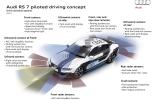
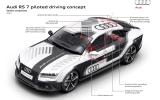


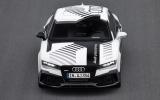
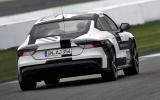

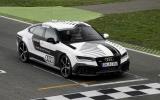
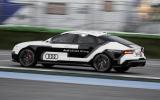


Add your comment
@sierra
Mind you F1 would of been driverless long ago if it wasn't for regulation.
We will soon be fighting these cars in decades to come. Once they become self aware and we will rely on John Connor to fight with his resistance against these evil machines. For now we still have a fight against dealers in repairing cars based on error codes.
Georg Kacher is hiding in the boot with the remote control...
Though a lot of Audis were driven without human intervention.